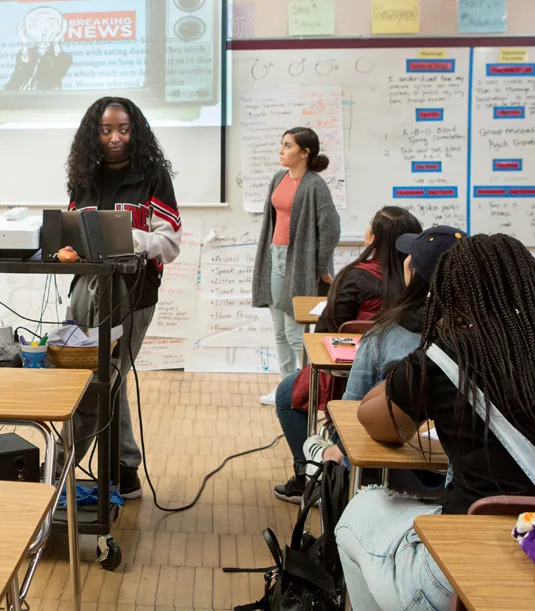Department of Education Experimental Site for Dual Enrollment
In May, 2016 the US Department of Education (USED) announced that it was inviting 44 institutions of higher education to participate in an experiment whereby low-income students enrolled in dual enrollment courses at those colleges would have the ability to apply for and use Pell grants to pay the tuition costs associated with those courses. Currently, federal law prohibits the use of federal financial aid like Pell grants for students who do not have a high school diploma.
What is the current status of the experiment?
As of late 2019, the experiment continues at many of the colleges initially invited to participate. Colleges have anecdotally reported mixed success with the experiment. Some colleges have enrolled very few students as part of the experiment, but some have enrolled many.
Will we learn if the experiment is successful?
CHSA has been extremely disappointed that USED currently does not plan to conduct a full evaluation of the experimental site. Many colleges and organizations around the country are interested in understanding the impacts of this innovative public policy intervention given the need in many states to identify funding sources to allow more low income and underrepresented students to participate in dual enrollment. At least two bipartisan letters have been sent by members of Congress asking for an evaluation, and CHSA’s Steering Committee has also provided comments to USED on two occasions to encourage them to collect and evaluate more data on the experiment.
Fortunately, a privately funded evaluation of the experiment is expected to be released in 2020, with some initial findings from the first three years of the experiment.
What’s next for the experiment?
Evaluation aside, many organizations and colleges have expressed additional concerns about the experiment’s design, given that students enrolled in participating institutions are drawing down funds from their lifetime eligibility of 12 semesters worth of Pell grants. There are a number of congressional conversations around authorizing a new experiment with additional student protections, which are discussed in more detail in our Higher Education Act section.

